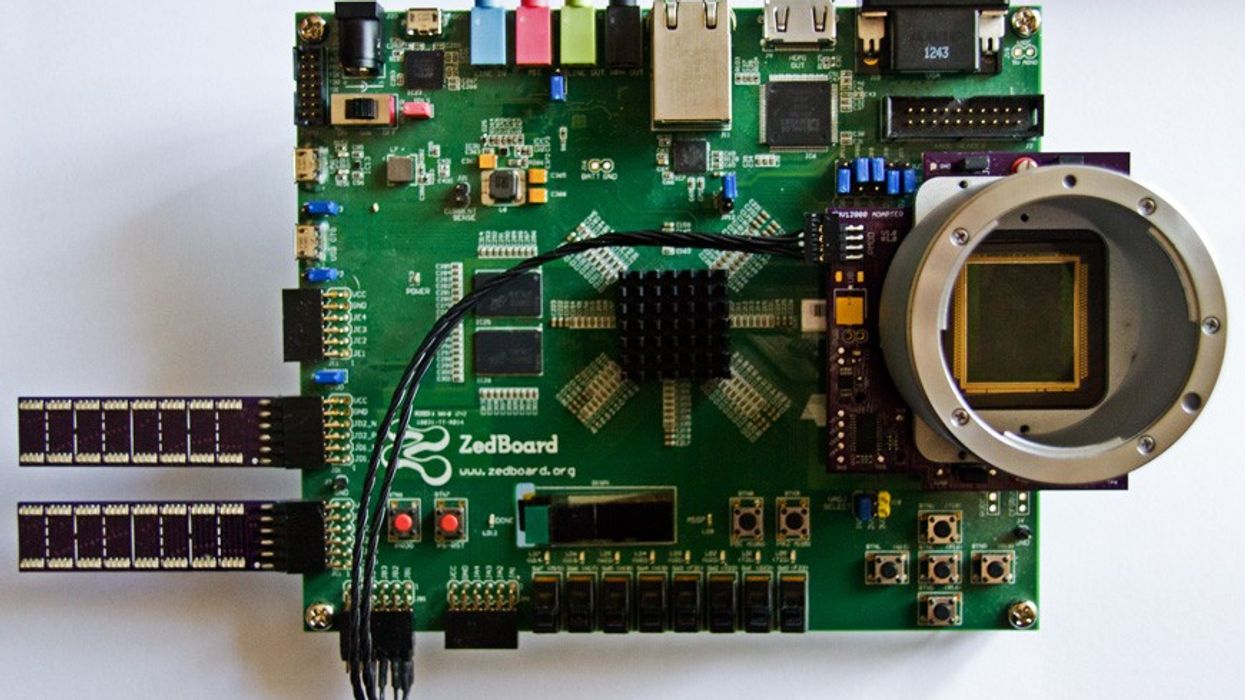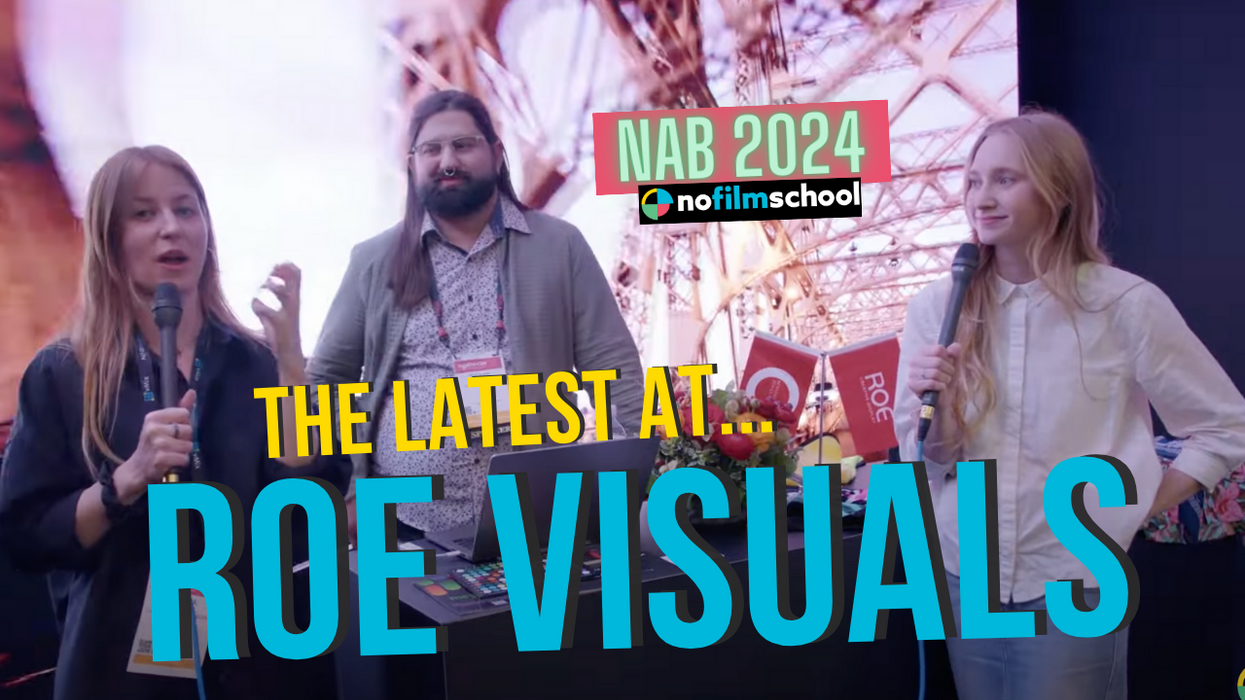First Images from Apertus' Super 35mm Camera Prototype, the Axiom Alpha

About a month ago, the open source Apertus Axiom camera project showed its first signs of life by sharing its open module concept ideas and camera designs with the public. This milestone took Apertus one step closer to meeting their self-imposed goals they've put in place to guide their project toward crowdfunding, and as of Friday, they've drawn ever closer by capturing their first images with their prototype and proof of concept for the Apertus Axiom , dubbed the Axiom Alpha. They've shared some of these images on their website, and discuss at length certain issues, like sensor defects, ghosting, and black specks, as well as a game plan for solving them. Continue on to see where Apertus is at with the Axiom Alpha.
After a busy month of programming, testing, bug fixing, and more testing, Apertus reports that the "Zedboard is now fully communicating with the CMV12000 image sensor." To get an idea of what that means, as well as the significance of their success, the team explains the process as "a spaghetti network of 70 wires, working in pairs, all sending signals at 300MHz in both directions, and those signals are carrying the clock and data to and from the sensor."
Below is a visualization of the "FPGA floorplan".
That's not the only milestone Apertus has reached -- they've got images in 4K. However, just like me first thing in the morning before I put on my makeup, they're looking a little rough. Apertus explains that the pictures are uncalibrated and uncompensated, and have their fair share of problem areas.
Above is an image taken with the Axiom Alpha, of which Apertus provides a thorough analysis, which you can read below:
- Green and yellow arrows show sensor defects. We knew that the sensor would have defective zones, as we're working with a piece that did not pass QA. This is ideal for prototyping, where there is the potential for many things to go wrong and / or be damaged.
- The Red [area] shows ghosting, caused by the mirror used to take the picture (the prototype assembly can currently only take pictures facing the ceiling), as it has a glass front and a mirror back. When positioned at a 45° angle, you get a second (shifted) reflection from the glass.
- The blue area shows black specks that are showing up throughout the entire image. If you wanted to sound cool, you could call it "film grain". In actuality, it's simply dust on the sensor's glass surface.
- The general red tint of the image is the result of having not yet installed any infrared-cut-off-filter in this assembly.
- The lens is cheap and lightweight.
- The debayering algorithm we are using is done on a host PC and is very basic so that softens the image drastically.
- There is no calibration/compensation of any kind implemented at the moment and the sensor was running mostly on default values for capturing this image.
The next steps for the team is to order an IR filter to fix the red tinting and find a sensor cleaning solution, but to fix the ghosting problem, they have already "ditched the mirror" and adapted their prototype setup. Below is an image taken from their second attempt, which does address the issues from the previous one, but still has some bugs that need to be worked out.
If you want the full story of where Apertus is at with the Axiom Alpha, check out their post here. And if you want to contribute to and support the project, head on over here.
What do you think of the images from the Axiom Alpha? Let us know in the comments.
Links:














